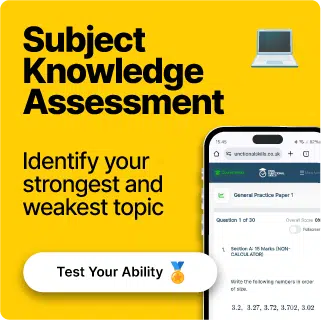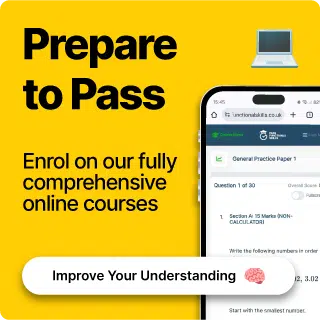Writing: Why are you Writing?
Aims of Texts
Texts usually have different styles, depending on their purpose.
The ‘purpose‘ is essentially the reason you write the text.
The form, tone and formality of a text will help you figure out its purpose.
Make sure you are happy with the following topics before continuing:
Different Purposes
There are many reasons for writing different texts.
Some examples include:
- To persuade: a brochure may persuade the reader to buy a product
- To inform: a newspaper article may inform the reader about recent events
- To argue: an academic essay may try to argue for a specific point of view
- To describe: an online review may describe an experience
However, this isn’t where the list of reasons stops, there are many more!
Texts can also inspire, instruct, advise, mock and so on…
Follow Our Socials
Our Facebook page can put you in touch with other students of your course for revision and community support. Alternatively, you can find us on Instagram or TikTok where we're always sharing revision tips for all our courses.
Tailoring
You will need to tailor your language use and techniques depending on the text’s purpose, much like tailoring clothes to specific people!


For example, if the purpose is to entertain, you could make it more amusing by:
- Including witty phrases- Humour
- Using more visuals- Photos, graphics or colour
- Drawing the reader in- Rhetorical questions and imagery (using idioms, adjectives, metaphors and similes)
How to Spot
You will need to find out
A) Who your audience is
and
B) What the purpose of a given text is
This should be made clear in the exam question.


For example:
”Write an email to an upcoming guest about things to do in the hotel.”
A) The upcoming guest would be the audience for this task.
and
B) The purpose of your text would be to inform.
Example: What’s the Purpose?
Take a look at the image below…
…can you identify the purpose?

The purpose here is to persuade the reader to vote.
The language used in the text is convincing and may change the reader’s opinion or may influence the reader to vote after seeing it.
For example:
Using ‘your‘ directly addresses the reader, and therefore makes the text more persuasive.
To get familiar with the purposes of texts, have a look for some around you and see if you can identify what the aim is.
Additional Resources
Exam Tips Cheat Sheet
FS Level 2Specification Points Covered
L2.23 – Communicate information, ideas and opinions clearly, coherently and effectively
Writing: Why are you Writing? Worksheet and Example Questions
Writing: Why Are You Writing? L2
FS Level 2NewOfficial PFSRevision Products
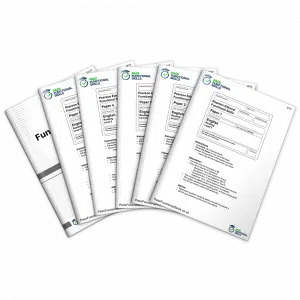
Functional Skills English Level 2 Practice Papers
This comprehensive set of 10 Functional Skills English Level 2 Practice Papers (5 reading papers + 5 writing) is a great way to revise for your upcoming reading and writing exams. These papers have been specifically tailored to match the structure, format and question types used by each of the main exam boards for functional skills English.
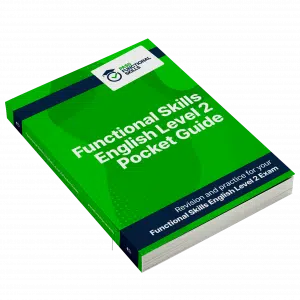
Functional Skills English Level 2 Book
Revise and practice for your functional skills English level 2 exam. All topics covered in this compact functional skills English level 2 book.
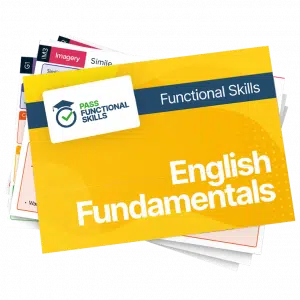
Functional Skills English Level 2 Revision Cards
Revise for functional skills English level 2, with these English level 2 fundamentals revision cards. Covering the building blocks of the essential areas of the level 2 exam.

